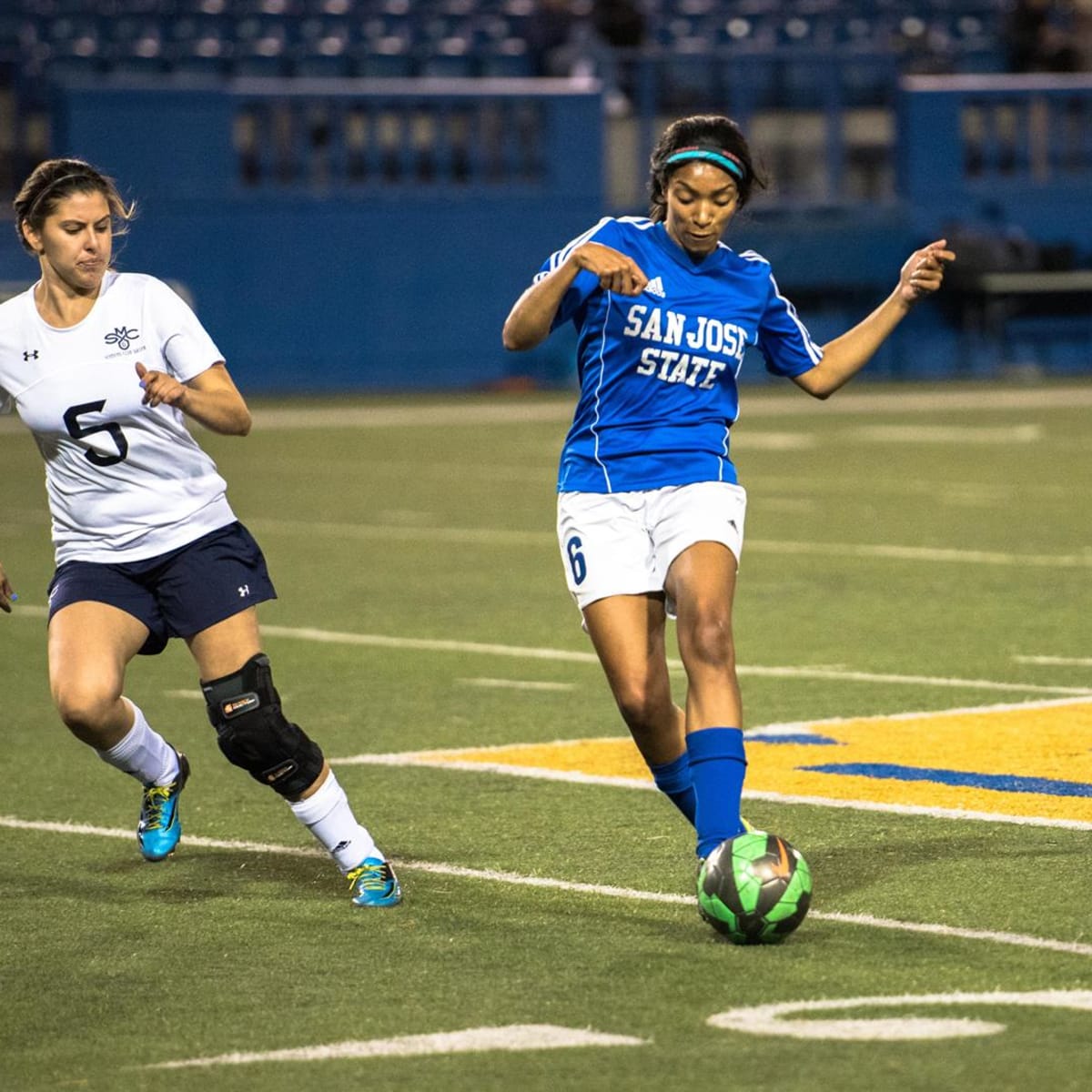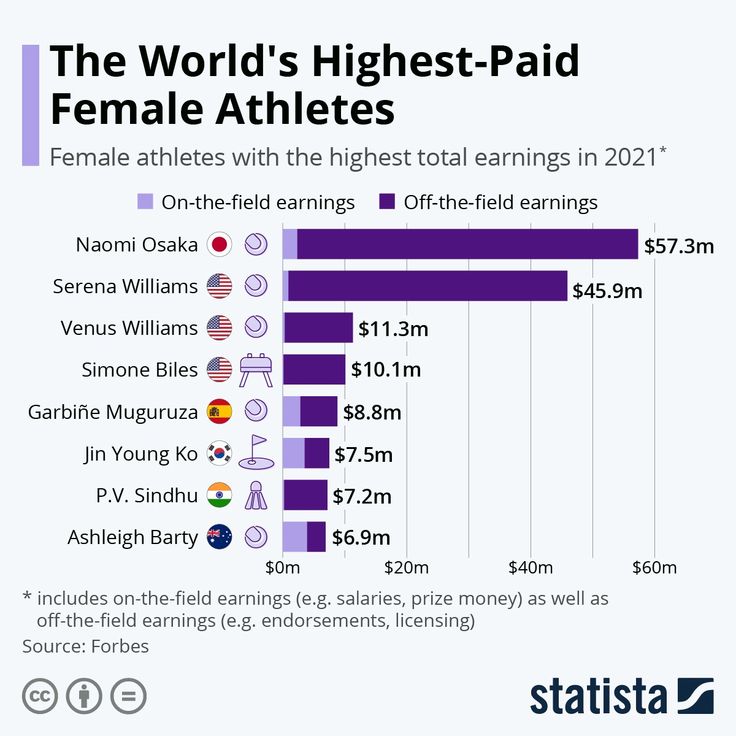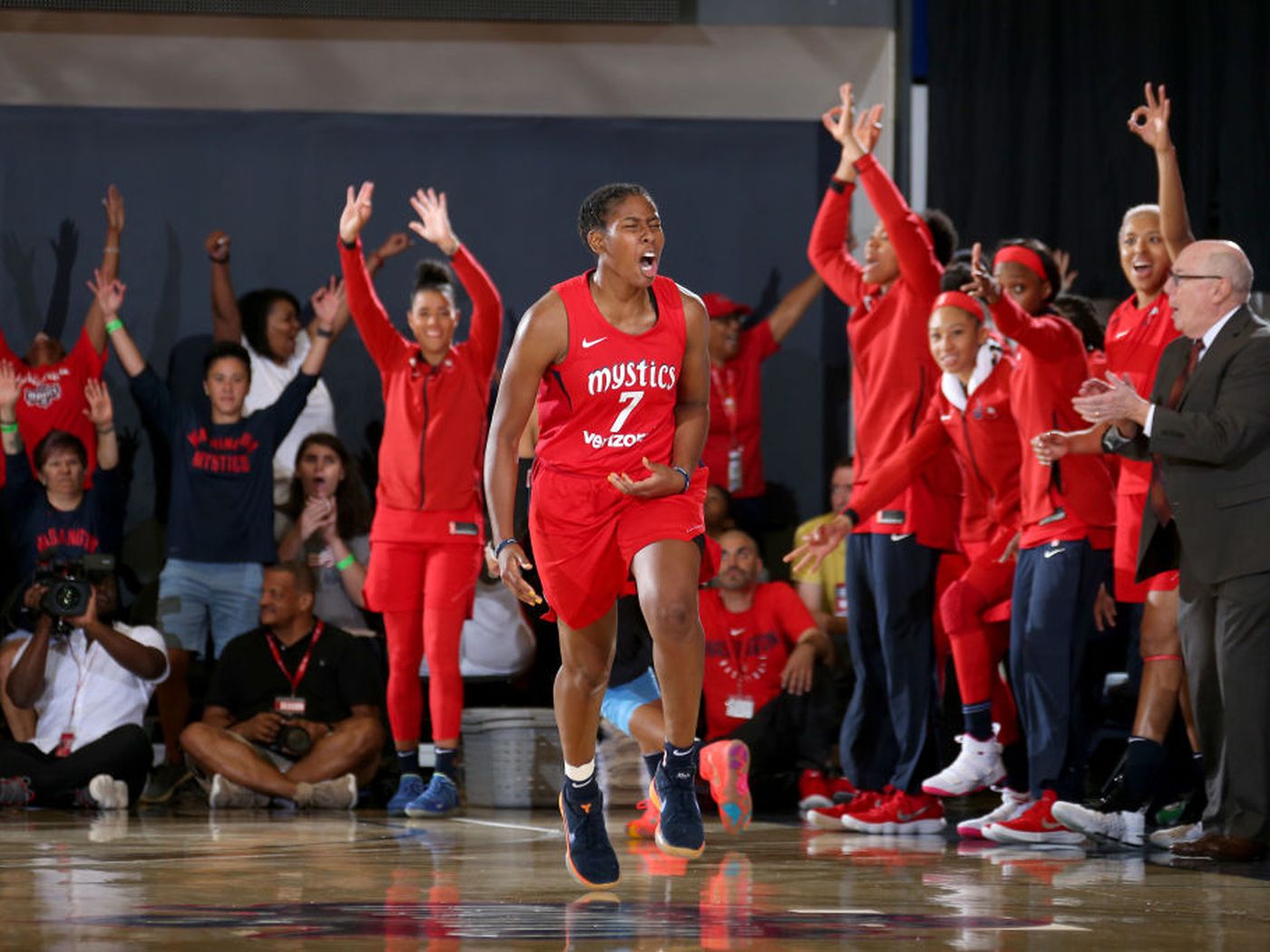
When was WNBA founded in the first place? That's a question that's been on the minds of many people for years. You're not alone if you are curious about the team’s history, its players and its business model. This article will help you answer all your questions. In 1997, the WNBA was established and has grown to eight teams over the past two decades. It isn't just a basketball league.
The WNBA was established in 1997
In 1997, the WNBA was established. The Charlotte Sting chose Elena Diggins in the first round 1997 draft. She was a starter in 90 games and averaged over 10 points per contest. Three of her four seasons in the Sting were part of the WNBA Playoffs. After being selected as a reserve for Eastern Conference All-Star teams, she participated in the inaugural All-Star Game.
The WNBA was approved by the National Basketball Association's board of governors and began play in June 1997. The initial pitch of the league was that it would be a 28-game summer league. The idea was to create a WNBA league that would be independent of the NBA, but allow players from other countries to earn extra money. Despite its short existence, the WNBA has remained faithful to its founding principles.

The WNBA's growth has been eightfold in the past 23 seasons
Over the last two decades, the WNBA was able to grow by eight teams. The Atlanta Dream was added in 2008. Angel McCoughtry was the chosen team's coach after a 4-30 season. Angel led the team to three WNBA Finals, in 2010 and 2011. The team was able to make eight playoff appearances over a 10-year period, 2009-2018. The Atlanta Dream were just one win away of reaching the WNBA Finals. However, injury prevented them from competing. McCoughtry left Atlanta to play for the Las Vegas Skyhawks.
The WNBA revenues have declined. The league has struggled to generate enough income to maintain its existence. The NBA has generated $2.6 billion in revenue over the past two seasons. However, the WNBA is struggling to generate enough money to sustain itself. The WNBA still has a strong relationship with ESPN, which has allowed it remain a popular part of North American sports culture. It remains a stronghold for female athletes.
WNBA players
The WNBA was established on April 24, 1996. While it was not a major milestone, the popularity of the league has increased over the past two decades. The league used the Olympic spotlight to advertise and attract advertisers. This strategy has helped the league reach millions of viewers, but its success is also based on its ability to attract younger fans. Leslie Swoopes (and Lobo) attribute their success to their successful channeling of Olympic interest into an effective marketing campaign.
The original WNBA had eight teams. Now, there are twelve. It has had eight franchises through its history. Of these, some are associated with an NBA team in the same market, including the New York Liberty and Brooklyn Nets, Indiana Pacers and Fever, Los Angeles Lakers and Sparks, and Minnesota Timberwolves and Lynx. MGM Resorts controls the Las Vegas Aces. The NBA affiliates of the Washington Wizards (Phoenix Suns) and Phoenix Suns (Phoenix Suns) are all part of the Washington Wizards.

WNBA business model
Half each of the NBA's and WNBA's shares are theirs. These entities agree to reduce their ownership of one another in exchange for a WNBA equity stake. However, the NBA's leverage and sweetening deals with WNBA teams can hurt the WNBA more than they help it. The NBA is currently the league's main source of revenue. However, in the future, it hopes to use the new money to improve its digital products and marketing strategies.
The WNBA has been criticised for not having enough female fans and not being financially viable. The NBA has actively subsidized the league to keep it going. However, it is not enough for the league to be profitable. It's time to move faster. The league should create a more realistic and sustainable business model for new and existing fans. There are several ways to increase attendance.